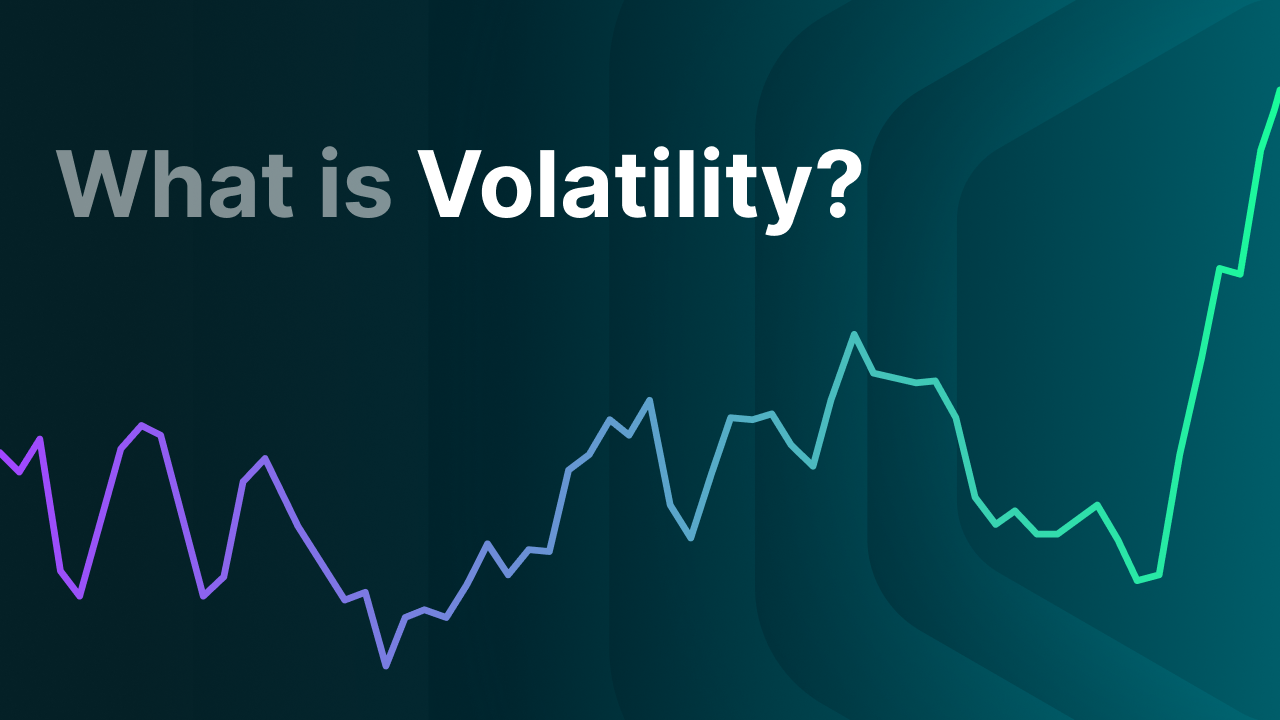Merkle Tree explained

What is a Merkle-tree?
A Merkle-tree is a data encryption structure used in data management applications where data is processed in different ways through a hash algorithm to create a hash that represents all the data in a file.
The Bitcoin blockchain and other blockchains use Merkle trees to encode blockchain data more efficiently and securely by hashing individual transactions and resulting hashes into a hash called the Merkle root. The Merkle root is used to create the block hash, the unique ID code of a block. Merkle trees are also called “binary hash trees.”
Key Takeaways
- Merkle trees are a structured way to encode data for easy verification and better security.
- Blockchains use Merkle trees to generate hashes that are used to verify transactions and secure blocks.
- Visual representations of Merkle trees look like upside-down trees with the root at the top.
- The repeated hashing technique used in blockchain Merkle trees is one of the mechanisms that help keep them immutable.
Merkle tree example
A Merkle-tree (or Merkle tree) sounds complicated, but it’s really just a clever way to summarize large amounts of data (like transactions) into a unique code (hash).
Imagine you have a grocery list with 1000 items. Instead of sending the whole list to someone, you make a short, unique summary of it. And if even one letter on that list changes, the summary changes completely. That’s what a hash does.
A Merkle-tree doesn’t do this with just one list but with thousands of pieces of information. First, all pieces are hashed separately (encrypted into a code), then combined two by two and hashed again, and this continues until only one hash remains: the Merkle root.
In the Bitcoin blockchain, it works like this:
- Every transaction gets hashed.
- Those hashes get hashed again until one Merkle root remains.
- That Merkle root, along with other info, forms the hash of the whole block, basically the block’s “fingerprint.”
This way you’re sure the block’s content is correct. If anyone changes even one transaction, the whole tree breaks and the block becomes invalid.
So, simply put:
A Merkle-tree is a kind of digital tree that helps check if all the data in a block is correct — fast, secure, and without having to look at everything.
Understanding Merkle-tree
Merkle trees are named after computer scientist Ralph Merkle, who introduced the concept in 1979. In a Merkle tree, information is encoded using a cryptographic hash function. This function turns data into a fixed-length string of numbers and letters called a hash.
An important feature of a hash function is that the same input always produces the same hash, while it’s practically impossible to get the original data back from the hash. This makes it possible to compare files without needing to look at their full content.
In a Merkle tree, individual pieces of data (like transactions) are first hashed separately. Then these hashes are paired up and hashed again. This process repeats until there is one hash left: the Merkle root. This root represents all the underlying data in a single hash value.
If someone wants to verify a specific transaction, they don’t need to look at the whole block. With a few intermediate hashes and the Merkle root, it can quickly be confirmed if the transaction is really part of the block. This allows fast and efficient data verification without downloading or processing the entire dataset.
Merkle trees are an essential part of many blockchains like Bitcoin because they contribute to the system’s integrity, security, and efficiency.
How a Merkle-tree is used in a blockchain
Merkle trees don’t have to be used in blockchains, but many blockchains do use this structure. Plus, they can implement different techniques within the trees. Bitcoin is the most famous example, so it’s used here.
Bitcoin software doesn’t run the whole block of transaction data through the hash function at once. Instead, each transaction is hashed, then pairs of transactions are linked and hashed together, and so on until there’s one hash for the entire block. If there’s an odd number of transactions, one transaction is duplicated and its hash is linked to itself. When this structured process is visualized, it looks like an upside-down tree.
Benefits of the Merkle-tree
Merkle trees are super handy for blockchains like Bitcoin, and here are some good reasons why:
- Fast transaction verification
You don’t have to download an entire block or the whole blockchain to check if a transaction is valid. With a few intermediate hashes and the Merkle root, you can verify transactions super fast. This saves a lot of time and storage. - Efficient handling of large amounts of data
Blockchains have thousands of transactions per block. Thanks to Merkle trees, these are neatly and efficiently hashed in layers, keeping the whole block organized and easy to process. - Data integrity
If even one transaction changes, the root hash changes, and so does the entire Merkle tree. This makes fraud or tampering immediately obvious. The structure ensures everything can be checked properly. - Easy use with light nodes
Light clients don’t need to store the entire blockchain. They can still verify transactions using Merkle proofs without downloading all the data.
In short: Merkle trees make blockchains faster, lighter, and more secure. Pretty smart.
What is a Merkle tree used for?
Merkle trees are used in systems where you want to check efficiently and securely if data is correct. In blockchains, a Merkle tree is used to summarize all transactions in a block into one hash: the Merkle root. This Merkle root ends up in the block header and is ultimately used when creating the unique block hash.
With this structure, you can easily prove later whether a specific transaction is in a block or not, without downloading the whole block. That makes Merkle trees ideal for things like light clients, digital signatures, and data structures where reliability and verification are important.
How big can a Merkle-tree get?
The size of a Merkle tree depends on how much data is hashed for inclusion and how the blockchain is programmed. However, the Merkle tree of a block doesn’t take up much storage space on a blockchain. For example, Bitcoin block 854,473 had about 2,530 transactions and each transaction’s hash is 64 bytes. The Merkle tree of that block took up 161.92 Kb of the total 1.54 Mb block size.
Why does Bitcoin use Merkle trees?
Bitcoin uses Merkle trees because they provide an efficient way to verify transactions and help create the chain of information linking the blocks together.
Final thoughts
A Merkle-tree is a data structure where hashed data is used to create another hash representing the data in a file. This structure makes it easy for computers to compare information because it only takes a few milliseconds to generate hashes based on the data and verify if the results are identical.
Merkle trees are also one of the mechanisms that link blocks together in a blockchain. If data is changed, the resulting hash will be different, causing the proposed block to be rejected by the blockchain’s consensus mechanism.




